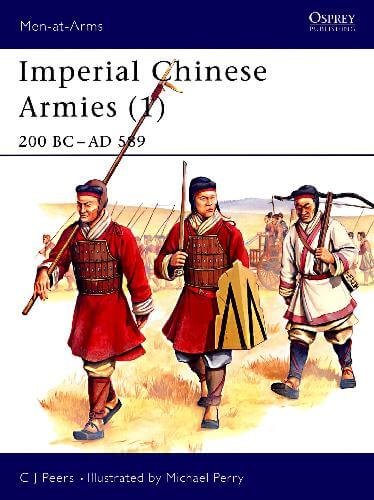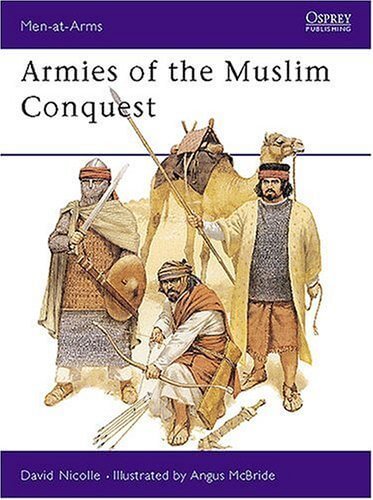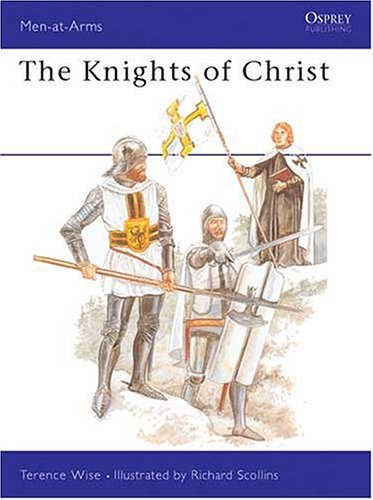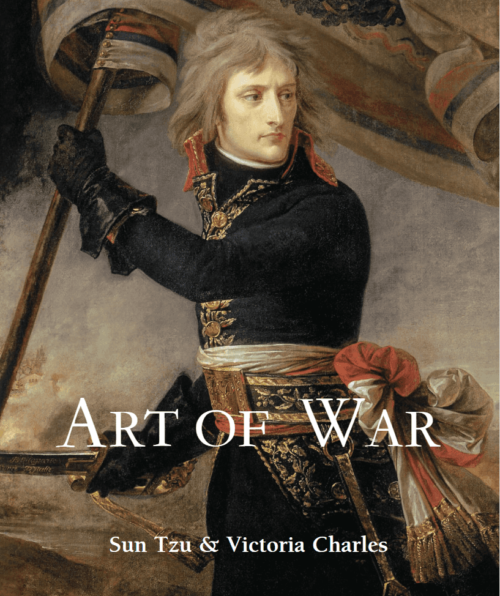“Imperial Chinese Armies (1) 200 BC – AD 589” by C. J. Peers & Michael Perry
The Crucible of Chaos: From Han Collapse to Sui Reunification
Core Translation & Contextual Additions
(Original Text Translated and Enhanced for Global Readers)
Title: Imperial Chinese Armies (1) 200 BC – AD 589
Authors: C. J. Peers (text), Michael Perry (illustrations)
Series: Osprey Men-at-Arms (No. 284)
Pages: 48
Illustrations: 8 full-color plates, 40+ black-and-white diagrams
Format: Paperback
Rating: 4.5/5.0 (0 reviews)
Scope:
This volume examines the tumultuous era from the Han dynasty’s collapse to the Sui reunification (AD 589), focusing on military innovations amid political fragmentation. It covers the rise of “barbarian” dynasties (Xiongnu, Xianbei, Jie, Qiang, Di) in northern China and the survival of Han-Chinese states in the south, culminating in the evolution of heavy armored cavalry that shaped the Tang dynasty’s military dominance.
Enhanced Translation with Historical Context
Original Text:
“After AD 304, the five ‘barbarian’ tribes divided north China among themselves, setting up dynasties which were often Chinese only in name, and feuding constantly both with each other and with the native states, whose stronghold was now in the south. It was under this barbarian influence that the heavily-armoured cavalry which were to become the striking force of the great T’ang dynasty in the 7th and 8th centuries first developed.”
Expanded Translation:
Following the War of the Eight Princes (AD 291–306), five nomadic confederations—the Xiongnu, Jie, Xianbei, Qiang, and Di—shattered northern China into the Sixteen Kingdoms (AD 304–439). These regimes, though adopting Chinese titles like “Zhao” or “Qin,” retained nomadic military traditions. For example, the Xianbei of the Northern Wei (AD 386–534) pioneered hybrid armies combining Han infantry with steppe cavalry.
The Southern Dynasties (Liu Song, Qi, Liang, Chen) preserved Han culture but struggled militarily against northern horsemen. By AD 500, northern innovations like lamellar armor for cavalry and stirrups (first depicted in a Northern Wei tomb mural) laid the groundwork for the Tang’s iron-clad mashu (shock cavalry).
Key Additions for Clarity
- Ethnic Dynamics:
- Xiongnu: Former Han vassals who established the Han-Zhao dynasty (AD 304–329), blending steppe archery with Han siegecraft.
- Xianbei: Innovators of “cataphract” cavalry (Plate C2), using scale armor and lances to dominate the North China Plain.
- Military Reforms:
- Northern Wei’s Fubing System: A militia structure where soldiers farmed in peacetime and mobilized for war—later adopted by the Sui and Tang.
- Southern Naval Power: The Battle of Feishui (AD 383) saw Jin dynasty forces use riverine fleets to repel a Xianbei-led invasion.
- Weaponry & Tactics:
- Armor: Northern cavalry wore iron lamellar (kui jia), while southern infantry relied on lacquered leather shields (Plate A3).
- Crossbows: The Chu State (Southern Qi) mass-produced repeating crossbows (zhuge nu), later used against Sui invaders.
- Cultural Synthesis:
- Buddhist Influence: Northern Wei rulers commissioned Yungang Grottoes sculptures depicting armored deities, reflecting cavalry’s sacred status.
- Literature: The “Ballad of Mulan” (Northern Wei) romanticized the era’s gender-fluid warfare, where women disguised as men fought alongside nomadic horsemen.
Michael Perry’s Artistry
Perry’s plates reconstruct:
- Plate B1: A Northern Zhou cataphract (AD 557) with gilded helmet and dragon-patterned lance flag (based on Xi’an terracotta figurines).
- Plate D3: A Jin dynasty naval commander (AD 4th c.) directing fire-attack ships, inspired by the Yangtze River tomb murals.
Why Western Readers Should Care
- Legacy of Hybrid Warfare: The fusion of steppe cavalry and Han logistics prefigured medieval European knights and Byzantine kataphraktoi.
- Archaeological Parallels: Compare China’s Terracotta Warriors (Han) with Rome’s Trajan’s Column—both monumentalize military evolution.






评价
目前还没有评价